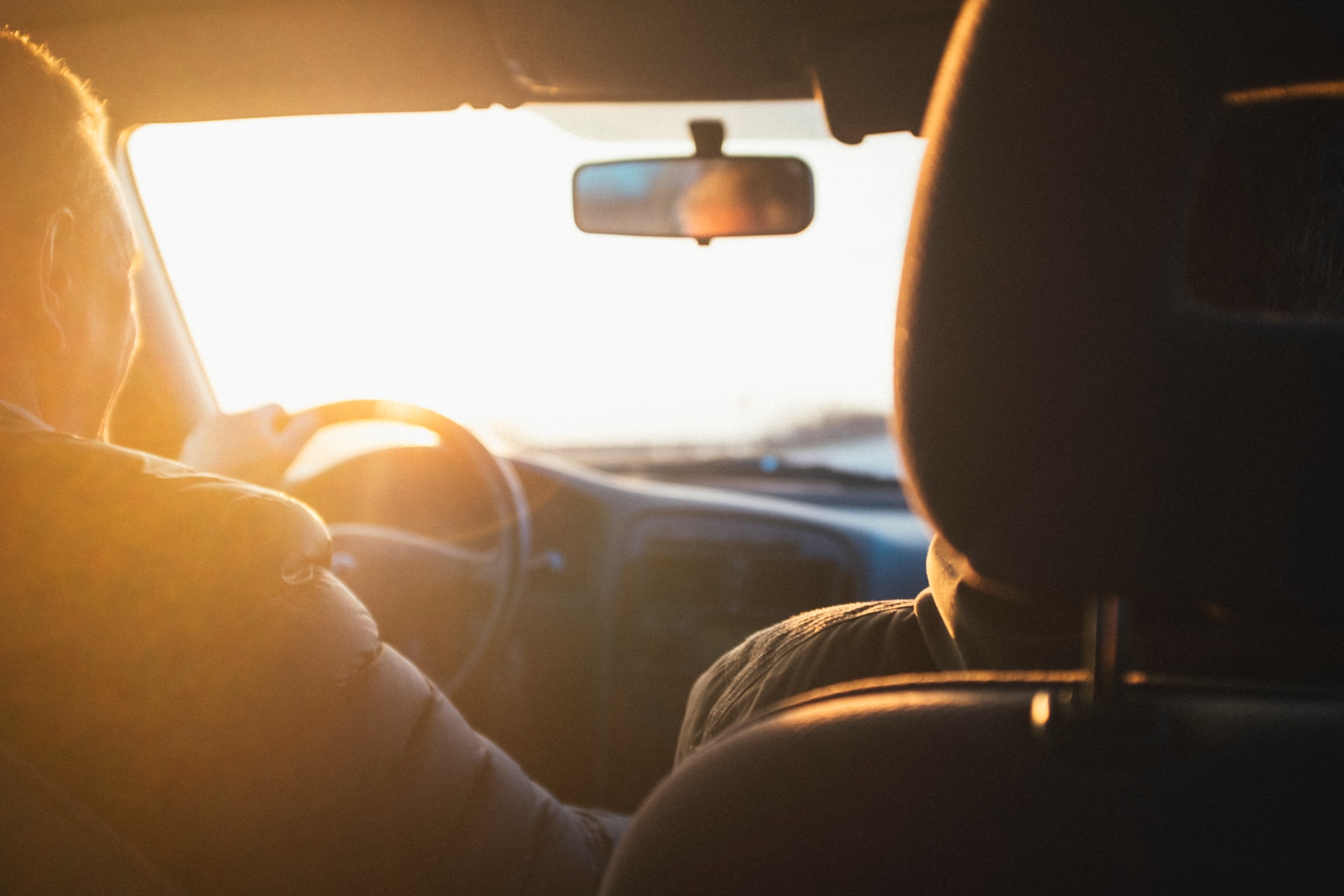Turning a new leaf in the journey of sobriety often means reassessing daily routines and activities, including something as commonplace as driving. After all, driving under the influence was once a risky behavior that might have felt normal. But now, steering the wheel in sobriety opens up a whole different road—one that’s clearer, safer, and infinitely more rewarding. It’s like getting to know an old friend in a brand-new way. For many folks, this shift requires a bit of readjustment. The familiar buzz of alcohol or the haze of substances is replaced with a sharpness and presence that can almost feel foreign at first. But, getting used to driving sober isn’t just about following the law – it’s about discovering the freedom and control you’ve gained in your life.
Navigating the Mental Roadblocks
When you’re used to driving with a little ‘liquid courage’ or under the influence of substances, it can be a real head trip to hit the road without that crutch. It may stir up some anxiety or even make you second-guess your driving skills. It’s a strange tangle of emotions to navigate—feeling, perhaps for the first time in a while, every bump in the road and every twist of the journey with crystal-clear senses. But as you keep at it, you’ll learn that these feelings are just part of the process. Taking a deep breath and staying on the path, one pedal at a time, helps rebuild confidence. And the more miles you clock in sober, the more those worries will shrink in the rearview mirror.
The Emotional Pit Stops Along the Way
Driving sober is an emotional ride, too. It’s not just about the physical act of operating a car without being impaired; it’s also confronting the past and moving forward. The first time you pass by an old haunt or drive on days that used to involve drinking or using, the memories might rush back. It can be bittersweet, but these moments on the road are chances to reflect on how far you’ve come. You’re in control now, not the substances. And every time you choose to drive sober, you’re recommitting to the new direction your life is taking. It’s powerful, and it’s worth a pat on the back at each of these emotional checkpoints.
Building New Habits and Routines on the Road
Embracing sobriety when driving isn’t just about saying no to past habits–it’s about forging new ones. Maybe now it’s about savoring that first morning coffee as you set off, not grappling with the remnants of last night. Or it could be about choosing a podcast that sparks laughter or deep thought–replacing the void once filled with the urge to drink or use. Additionally, the quiet calm of driving sets just the right tone for embracing those fresh, focused morning routines, contributing to a day that starts on a positive note.
Sharing the Journey: Finding Support and Encouragement
Lastly, remember you’re not cruising down this new road alone. There are passengers in your metaphorical car who are ready to support you—friends, family members, or support groups who understand the importance of what you’re doing. They’re the cheering section, the folks with whom you can share the challenges and the victories, no matter how small they may seem. They get it, and they’ve got your back. Plus, there will be others who are just starting their own sober driving journey. Sharing your story can be the beacon they need to navigate their way through their early days of driving sober.
Driving sans substances is not a side road in the larger journey of sobriety; it’s central to the ups and downs, the unexpected detours, and the beautiful vistas ahead. As you merge onto the freeway of life with a sober mind and clear eyes, you’ll find that every turn becomes an opportunity to appreciate the world in a new light, each journey a victory lap in the grand race of recovery.
Image by Darwin Vegher on unsplash.com


